Flow of Forms / Forms of Flow – Design Histories between Africa and Europe
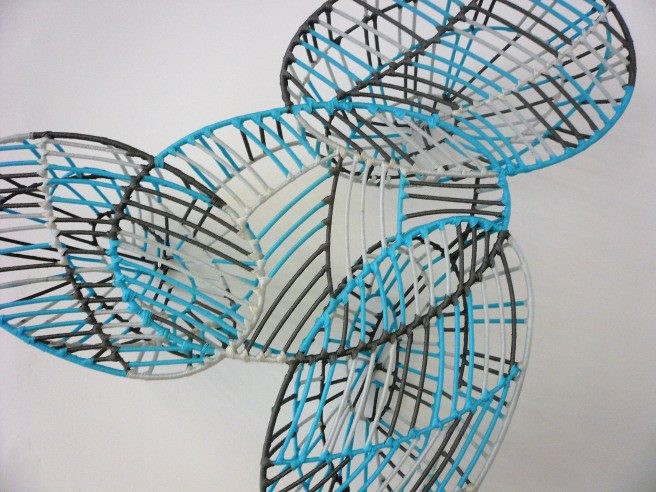
Flow of Forms / Forms of Flow – Design Histories between Africa and Europe
15 February 2017
If you are looking at present artistic practices and cultural debates in Africa and its Diaspora you will notice a change in the different disciplines of applied arts – a development that is closely connected to the (temporary) (re-)migrations of contemporary fashion, textile and product designers.
Being inspired by older traditions and also by forms of everyday design, extremely prolific and innovative scenes have emerged through the exchange with designers and artists working on the continent. The research and exhibition project Flow of Forms / Forms of Flow dedicates itself to these scenes and their protagonists while considering social and political ‘movements’ between globality and locality.
A glance into the past underlines the design processes and material metamorphosis as they have been constituted in the context of transcultural encounters. In this, Flow of Forms / Forms of Flow follows the approach of the global turn in Art and Design Studies: It aims at a revision of a widely dominating, unilaterally oriented research focusing primarily on European (and US-American) design. This can be achieved by fostering a regional diversification in the field of Design Studies and, in particular, by integrating a research perspective that accommodates notions of transculturality and the concept of entangled histories.
African Design? Flow of Forms / Forms of Flow aims to open up an alternative perspective to survey exhibitions about design that have been presented so far. In order to define objects and practices in a broader sense than to simply confine them to categories or disciplines, the focus is placed on the flow of forms. Thus, the interplay of forms in the process of transcultural exchanges between Africa and Europe and also between the cities of the Global South, will be examined under the aspect of the ‘flow’. This refers to fluctuation, interplay, fusion, exchange, transfer, translation, cooperation, and material metamorphosis; ‘form’ is understood as ‘potential’ and ‘intermediary’. These different perspectives allow unexpected juxtapositions and open up new points of view. The project will, on the one hand, emphasize aesthetic impacts that result from processes of networking/cross-linking, overlapping and the blending of forms. And on the other hand, it will focus on the social and political dimensions of design. With Cucula and the Malian designer Cheick Diallo as key partners, the research and exhibition project directs special attention to the forms of cooperation – be it in their social as well as in their materialized significance. Global design histories are not linear, they are interwoven in manifold and complex ways. Therefore they can only be examined individually and in depth – an important aspect that manifests itself in the exhibition concept. It envisages five theme stations that intervene in different museums and art spaces. These interventions shed light on the following themes oscillating between ‘flow’ and ‘form’:
FORMS OF MODERNITYat Museum Fünf KontinenteForms of Modernity examines the significance of foreign objects (in this case objects from Africa) for the quest of form in European modernity. In early 20th century’s products innumerable objects reveal the aesthetic adoption of non-Western design characteristics. The station ‘Forms of modernity’ looks at the influence of African objects on modern design.
TRANSFORM(N)ATION at ArchitekturmuseumTransform(N)ation will shed light on the design and design practices of the independence decades of various African countries and juxtapose them with simultaneous developments in European design from the 1950s up to the 1970s. In both cultural contexts, social emancipation is given different forms through the creative possibilities of design. The concept of form as applied here fluctuates between modernity and locality and also serves as a filter through which parallelisms and entanglements can be analyzed. This station will particularly focus on concepts and manifestations of fashion design and architecture.
FORMS OF PARTICIPATION / COOPERATIONatKunstraum
Forms of Cooperation/Participation directs its attention to the social and political dimension of form that results from collaborations, entanglements, exchange, and dialogue. Here we wish to examine the impact of artefacts and the effectiveness of the collective. We also ask whether artefacts enable an experience of the social or political dimensions. A workshop in Bamako, Mali (summer 2016) aims at critically reflecting on these different approaches with regard to ambivalences and potentialities.
MATERIAL MORPHOSIS (STOFF-WECHSEL) , on the premises of Galerie Karin Wimmer, While the phenomenon of metamorphosis in the European context has been associated with a predominantly negative connotation (in its reference to ‘illusion’ or a ‘substitute’), at the same time it reveals a principle that stresses the significance of material as ‘sujet’. This perspective seems all the more suitable as it comes closer to ‘African’ forms of classifications: Here objects are generally being classified according to material aspects and semantics, and not according to their formal qualities. This station focuses on material culture and examines the potentialities of material as an agent of meaning with regard to the processes of transformation in regional and transcontinental entanglements. These processes may be regarded as expressions of modernization, democratization or ennoblement and also of the individual and cosmopolitan.
FORMS OF SPECULATION / SPECULATIVE FORMSat ArchitekturmuseumForms of Speculation / Speculative Forms put emphasis on the forms of futuristic visions that emerge with new technologies. In design, the Maker Movement, formed in 2006, is being regarded as (a form of) international subculture and pioneer of the third industrial revolution. In Africa too, an extremely lively and prolific Maker-scene has grown, based on the declared objective to tackle the continent’s problems with a spirit of innovation and inventiveness. As recently stated by Cameroonian political scientist Achille Mbembe, the desire for liberation from foreign rule, return to its own knowledge systems and willingness to experiment, currently let Africa become a “laboratory of the future”. It is within the areas of technology, economy and society that we wish to examine the forms that convey social visions and have the potential to introduce paradigm shifts (also discussed under the term ‚speculative design‘), but also those which express their dark sides, dystopic visions and realities.
.
Participating artists and designer:
David Adjaye, Kossi Aguessy, Karo Akpokiere, Kader Attia, Nora al-Badri & Jan Nikolai Nelles, Black Coffee, Paolo Cascone, Cladlight, Sonya Clark, Matali Crasset & Bulawayo Home Industries, Cucula, Cheick Diallo, Dokter and Misses, Formafantasma, Front & the Siyazama Project, Fundibots, Eric van Hove, Yinka Ilori, Jean Katambayi Mukendi, Wanuri Kahiu, Markus Kayser, Lumkani, Abu Bakarr Mansaray, Haldane Martin, Michael MacGarry, Ernst May, Emo de Medeiros Vincent Michéa, Laduma Ngxokolo, Palash Singh for STEP/The New Basket Workshop, Simone Post, Rethaka, Studio Sikoki, Kër Thiossane, Fatimah Tuggar, Obiora Udechukwu, Marjorie Wallace for Mutapo Pottery, Jules Wokam
.
An Exhibition of the the Institute for Art History at Ludwig-Maximilians-University Munich. Curators: Kerstin Pinther & Alexandra Weigand and students. Supported by Turn Fonds der Bundeskulturstiftung. A cooperation with Architekturmuseum, Museum Fünf Kontinente, Kunstraum München and der Galerie Karin Wimmer.
.
View more from
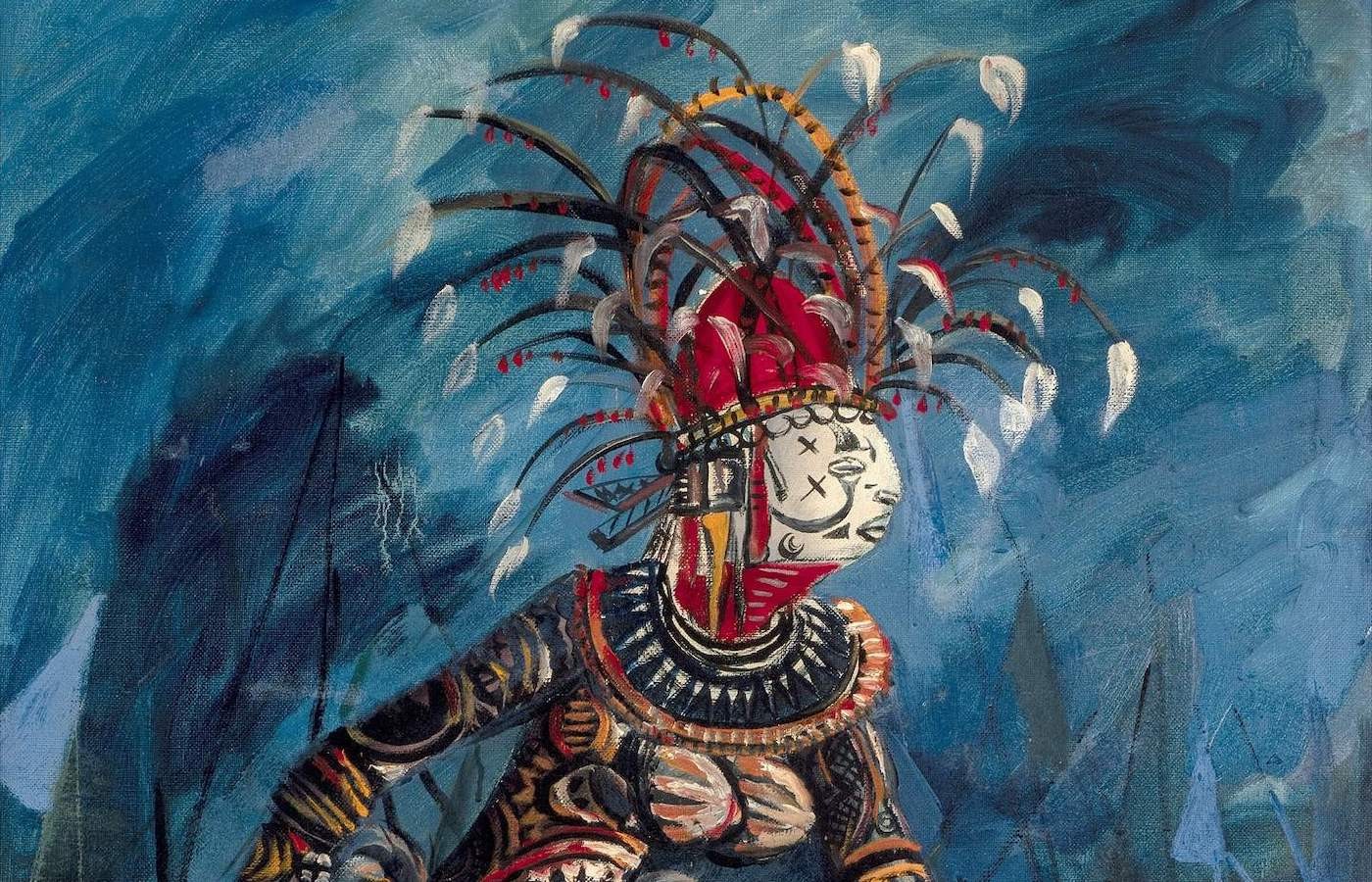
Nigerian Modernism – Group Show
Oct 8, 2025–May 10, 2026
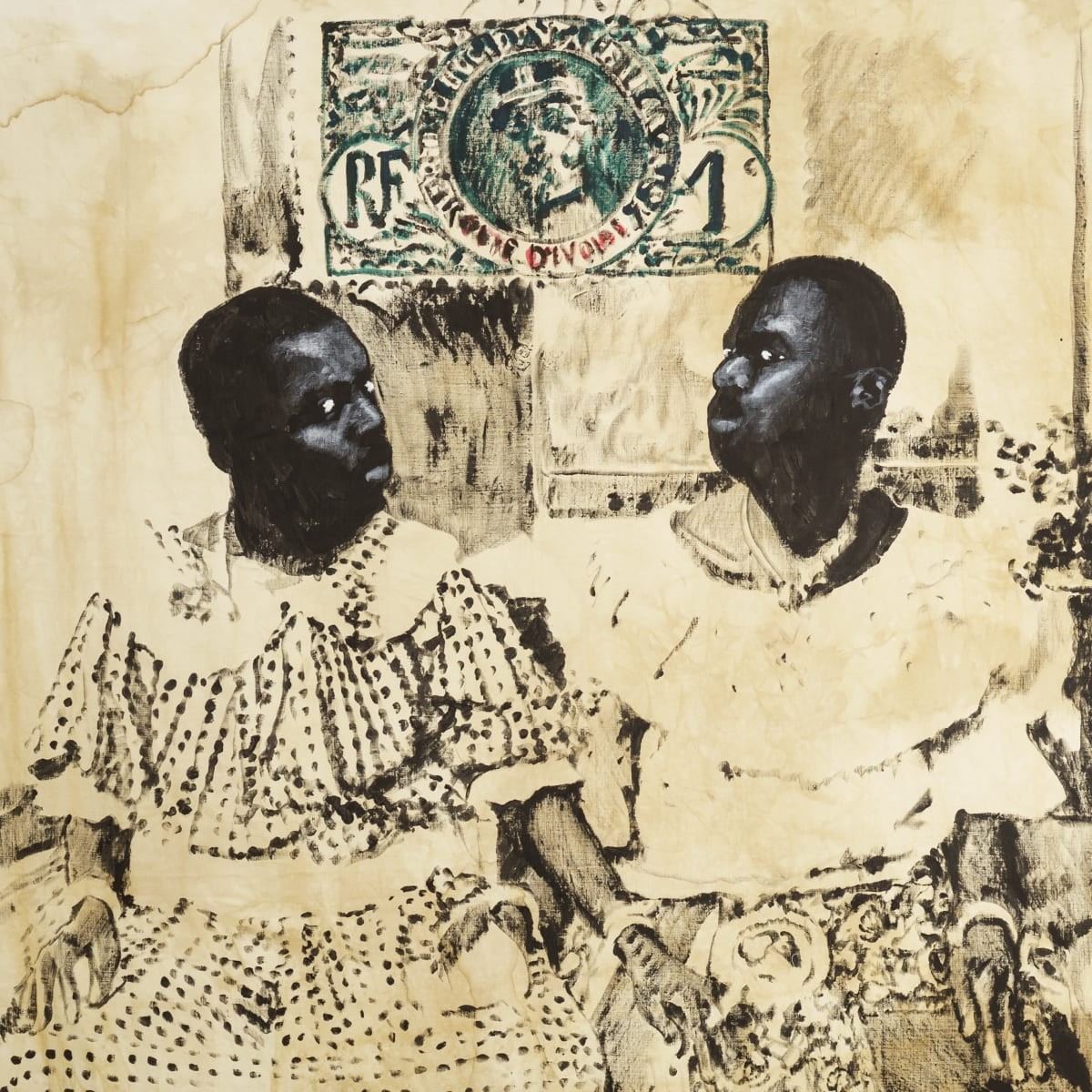
Roméo Mivekannin: Correspondances
Oct 2, 2025–Mar 21, 2026
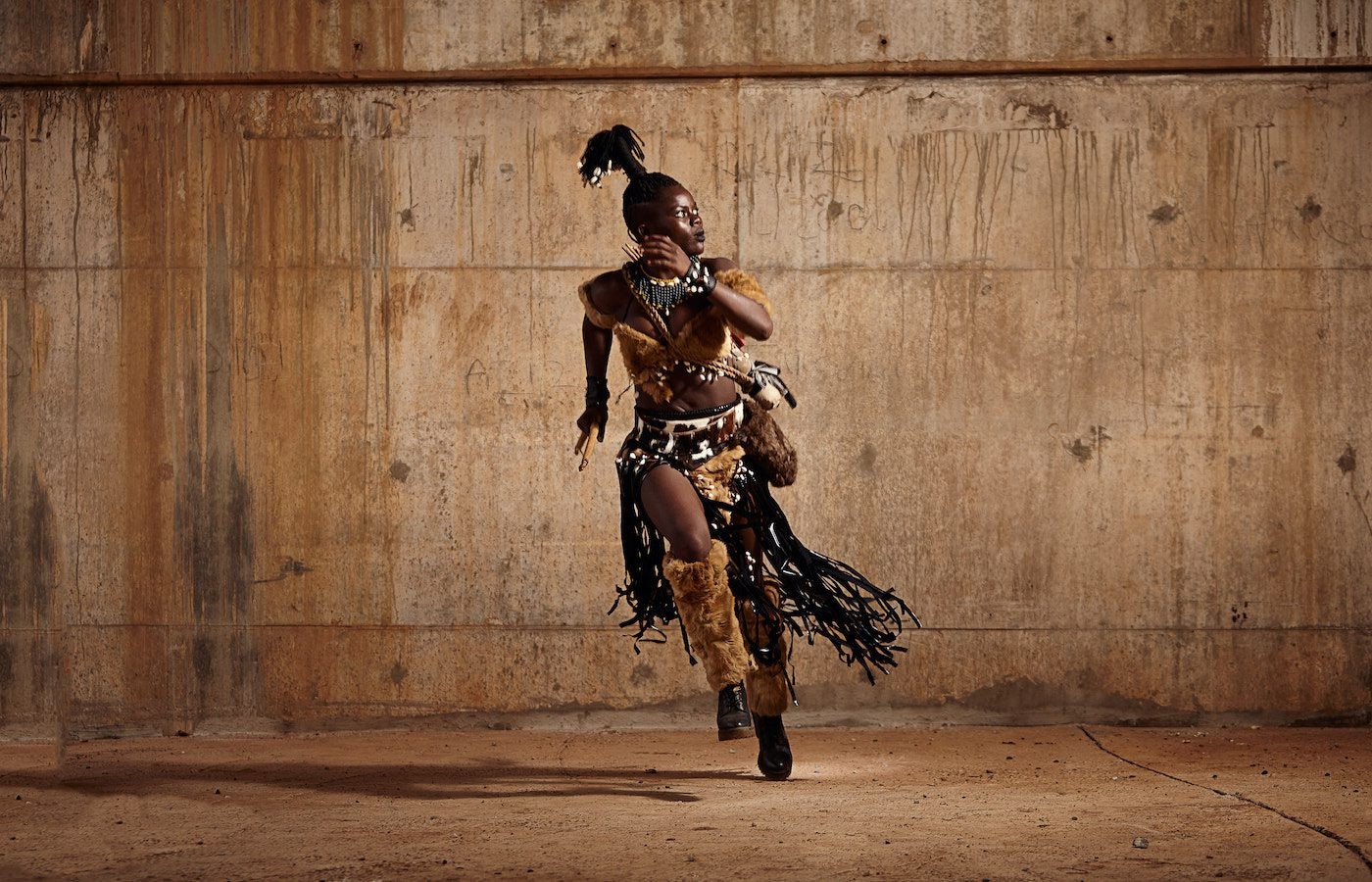
The Writing’s on the Wall (TWTW)
Sep 13, 2025–Mar 14, 2026
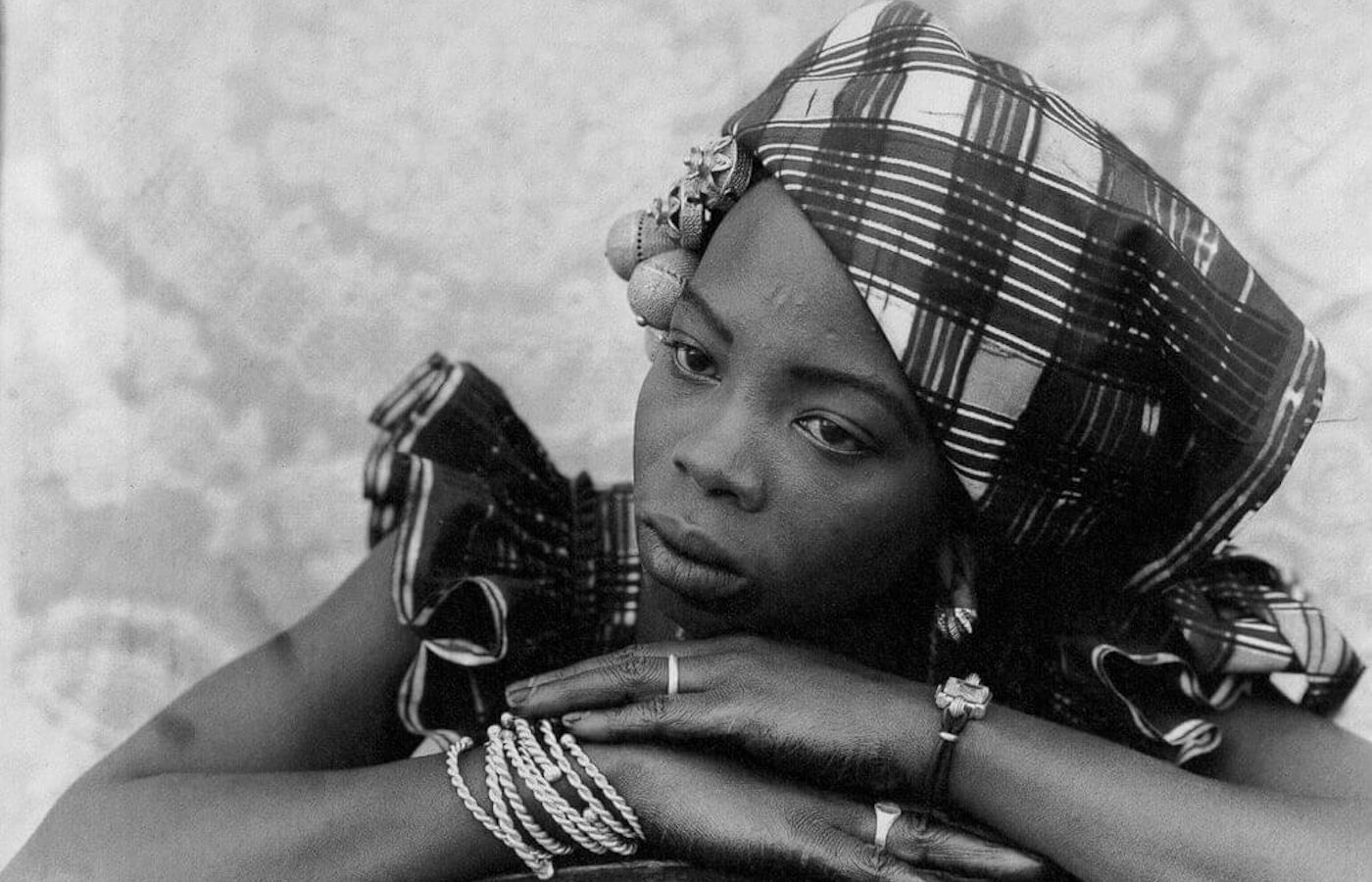
Seydou Keïta: A Tactile Lens
Oct 10, 2025–Mar 8, 2026
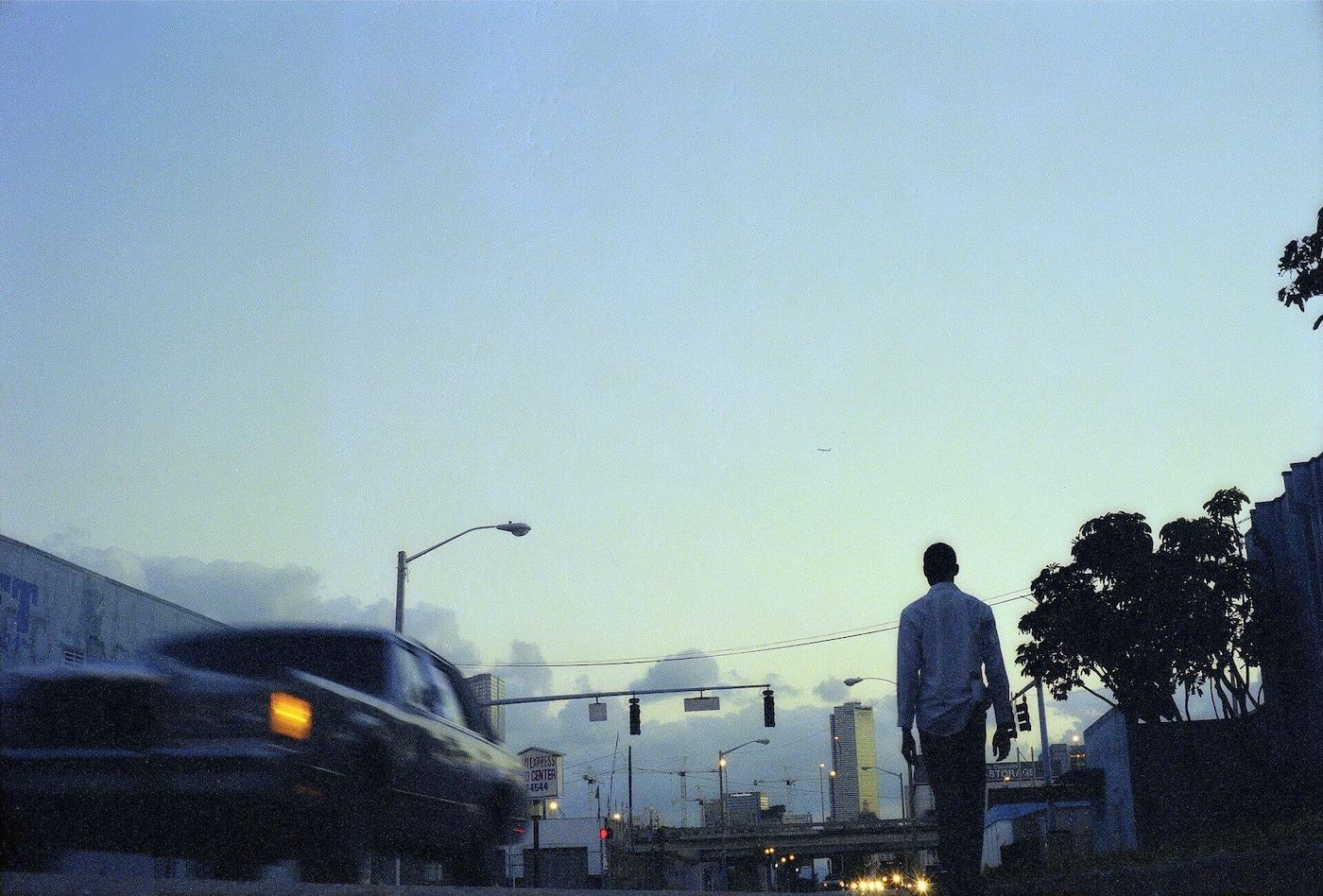
ECHO DELAY REVERB: American Art and Francophone Thought – Group Show
Oct 22, 2025–Feb 15, 2026
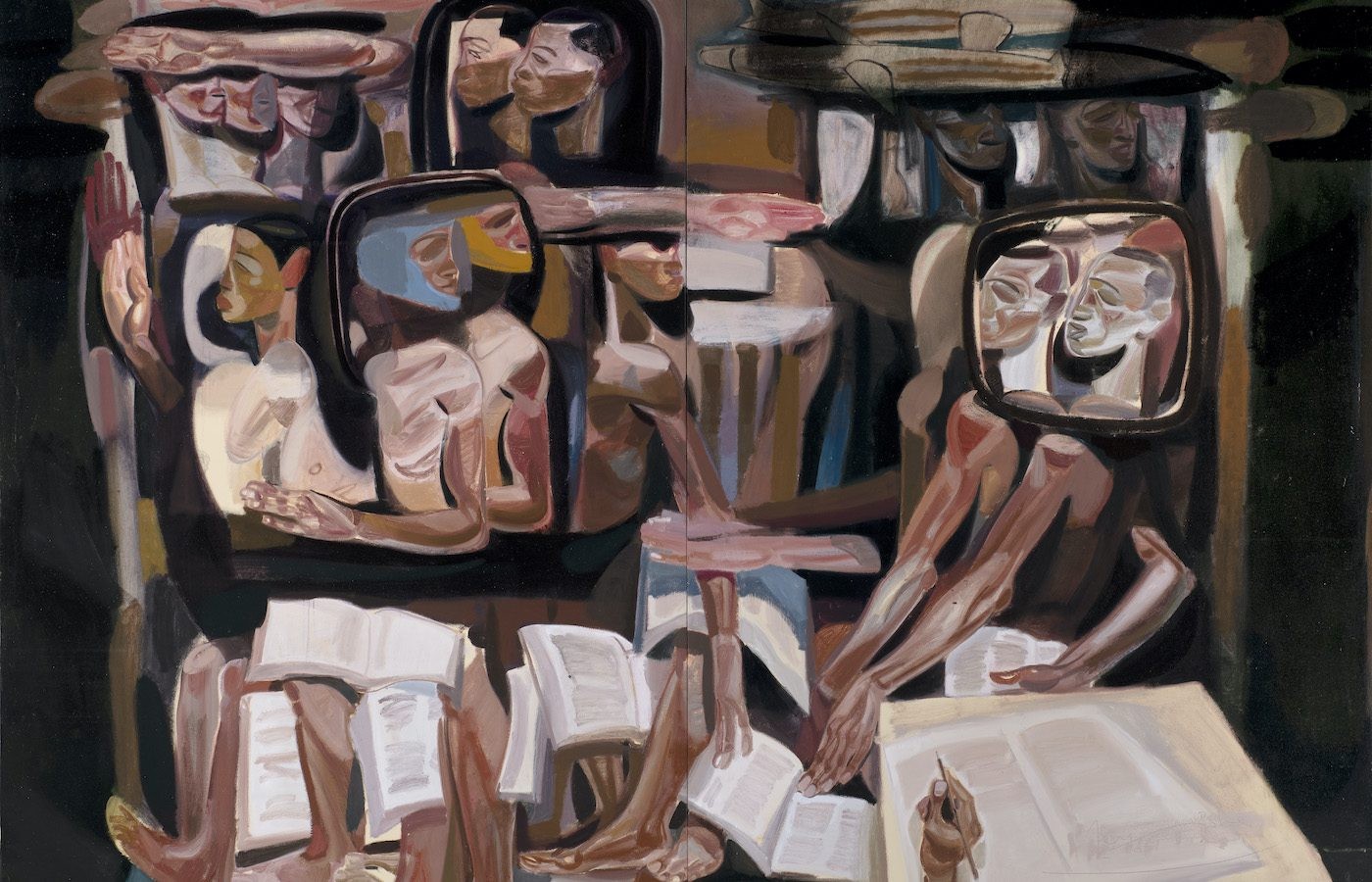
Tesfaye Urgessa: Roots of Resilience
Sep 20, 2025–Feb 15, 2026